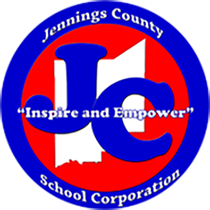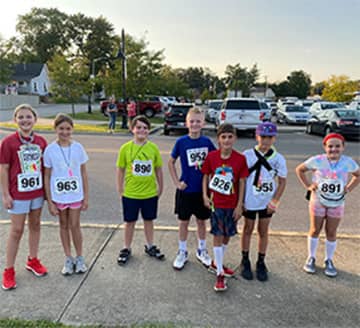Website Accessibility Policy
The Corporation’s website(s) operate(s) in compliance with federal and state law. As such, the Corporation is committed to providing individuals with disabilities with an opportunity equal to that of their nondisabled peers to participate in the Corporation’s programs, benefits, and services, including those delivered through electronic and information technology. To this end, the technology director is charged with verifying the Corporation’s website(s) allow(s) persons with disabilities to acquire the same information, engage in the same interactions, and enjoy the same benefits and services within the same timeframe as their nondisabled peers, with substantially equivalent ease of use, not be excluded from participation in, denied the benefits of, or otherwise be subjected to discrimination in any Corporation programs, services, and activities delivered online, as required by federal and state law, and receive effective communication with Corporation programs, services, and activities delivered online.
The accessibility of online content and functionality is measured according to the World Wide Web Consortiums (W3C’s) Web Content Accessibility Guidelines (WCAG) 2.0 and the Web Accessibility Initiative Accessible Rich Internet Applications Suite (WAI-ARIA) 1.0 for web content (Benchmarks for Measuring Accessibility), which are incorporated by reference.
All new, newly-added and modified web content and functionality must be accessible to individuals with disabilities as measured by conformance to the Benchmarks for Measuring Accessibility, except where doing so would impose a fundamental alteration or undue burden. This provision also applies to the Corporation’s online content and functionality developed by, maintained by, or offered through a third-party vendor or through the use of open sources.
When the fundamental alteration or undue burden defense applies, the Corporation will provide equally effective alternate access. In providing an equally effective alternate access, the Corporation will take any actions that do not result in a fundamental alteration or undue financial and administrative burden but nevertheless provide that, to the maximum extent possible, individuals with disabilities receive the same benefits or services as their nondisabled peers. That said, alternatives are not required to produce the identical result or level of achievement for persons with and without disabilities, but must afford persons with disabilities an equal opportunity to obtain the same result, to gain the same benefit, or to reach the same level of achievement in the most integrated setting appropriate to the person’s need.
Only the superintendent, after consulting with the director of technology and considering all resources available for use in the funding and operation of the service, program, or activity, may determine an undue burden or fundamental alternation defense is applicable. In making such a determination, the superintendent will document the reasons s/he reached that conclusion, including the costs of meeting the applicable Benchmarks for Measuring Accessibility on a given web page or site, and the available funding and other resources. Additionally, the superintendent will describe how the Corporation will provide equally effective alternate access.
The Corporation’s website will include on its home page and throughout the website (including all subordinate pages and sites), a notice to persons with disabilities regarding how to request the webmaster or other appropriate person to provide access to (or notify the Corporation regarding) content or functionality that is currently inaccessible. The notice also will include information or an accessible link to information instructing individuals with disabilities how to file formal complaints under Section 504 and/or the ADA.
The technology director will develop a system to routinely audit/test the accessibility of all web content and functionality. This system must include processes to verify claims of accessibility by third-party vendors or open sources. The purpose of the audit is to identify any web content or functionality that is inaccessible to persons with disabilities. The person/entity who conducts the audit shall report to the superintendent and technology director the results of the audit so that appropriate action can be taken to address any inaccessibility. The person/entity conducting the audit may seek input from members of the public with disabilities, including parents, students, employees, and others associated with the Corporation, and other persons knowledgeable about website accessibility regarding the accessibility of the Corporation’s web content and functionality.
The Corporation will provide website accessibility training to all appropriate personnel, including, but not limited to: content developers, webmasters, procurement officials, and all others responsible for developing, loading, maintaining, or auditing web content and functionality.
Individuals responsible for designing, developing and producing web content are expected to employ universal design principles to create web pages and sites that allow persons with disabilities to access the information and content on the Corporation’s website. By following the web content design criteria set forth below, the designers and authors of the Corporation’s website(s) can improve the opportunities for persons with disabilities to access the information and content contained on the web pages that make up the Corporation’s website(s).


